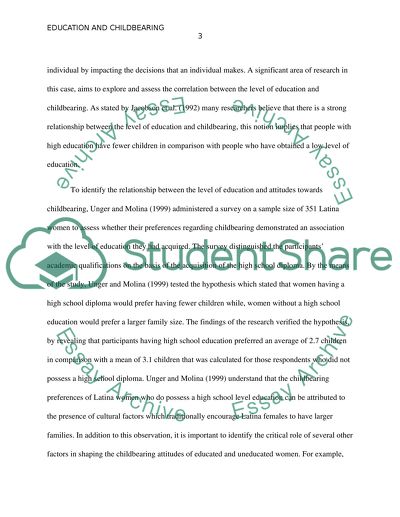Cite this document
(“Level of Education and Childbearing Research Paper”, n.d.)
Retrieved from https://studentshare.org/psychology/1489220-level-of-education-and-childbearing
Retrieved from https://studentshare.org/psychology/1489220-level-of-education-and-childbearing
(Level of Education and Childbearing Research Paper)
https://studentshare.org/psychology/1489220-level-of-education-and-childbearing.
https://studentshare.org/psychology/1489220-level-of-education-and-childbearing.
“Level of Education and Childbearing Research Paper”, n.d. https://studentshare.org/psychology/1489220-level-of-education-and-childbearing.


